
When the pandemic hit and the Institute of Fine Arts transitioned to remote study in the spring of 2020, Eric Goh, a first year MA student at the time, moved back to Kuala Lumpur, Malaysia, to be with his family. After struggling to take classes on a twelve hour time difference and with no clear end to the pandemic in sight, he decided to take a year off from his studies and pursue a related, though wholly independent, undertaking. This, he titled, Mutual Aid Projects: a curator-run project space located in the center of Kuala Lumpur. Now, more than halfway through the year, Goh has held three exhibitions, and plans to hold three more.
Mutual Aid Projects seeks to fill one of the many voids brought about by our present socially-distanced circumstances, that of friendship, collaboration, and a thoughtful exchange of ideas. In the conversation that follows, Goh speaks to IFAcontemporary Co-Editor Hannah Sage Kay about his motivation for starting the space, its conceptualization, and possible futures.
Hannah Sage Kay: What inspired you to start Mutual Aid Projects?
Eric Goh: COVID-19 slowed down the rhythm of daily life, caused the world to close in on itself, and escalated distrust amongst people. I decided to embark on a curatorial project that engages with the stifling conditions of the present–such as slowness, smallness, and wariness–and turn them inside out so that they can be generative, and fulfilling.
HSK: The name you’ve chosen is so perfectly reflective of increasingly popular community-driven approaches to social, political, and healthcare needs right now, as the world grapples with the damage incurred by COVID-19. Is the title purely a reference to this type of community-driven project?
EG: The title is in reference to a text by the Russian aristocrat-turned-anarchist Peter Kropotkin. Published in the early twentieth century, the text sought to fracture the myth of selfishness and competition as drivers of progress. Kropotkin offered an alternative kind of evolutionary history which emphasized our propensity for mutual aid and cooperation.
HSK: How would you describe the conceptual and structural framework of the space, and what were some of your hopes and intentions when making these decisions?
EG: I work slowly with each artist, by treating the exhibition not as an end in itself, but as a means to test an idea and cultivate a friendship. Friendship is the antidote to isolation. The unaccountable complexity of friendship intrigues me. The word “curate” derives from the Latin word “cura,” meaning to care. I apply this term to people, not objects, as an act of curatorial intervention. How can we better care for each other? I strove to explore meaningful ways of relating to one another and navigating the complications and tensions that arise between myself and each artist through embracing open-ended discourse.
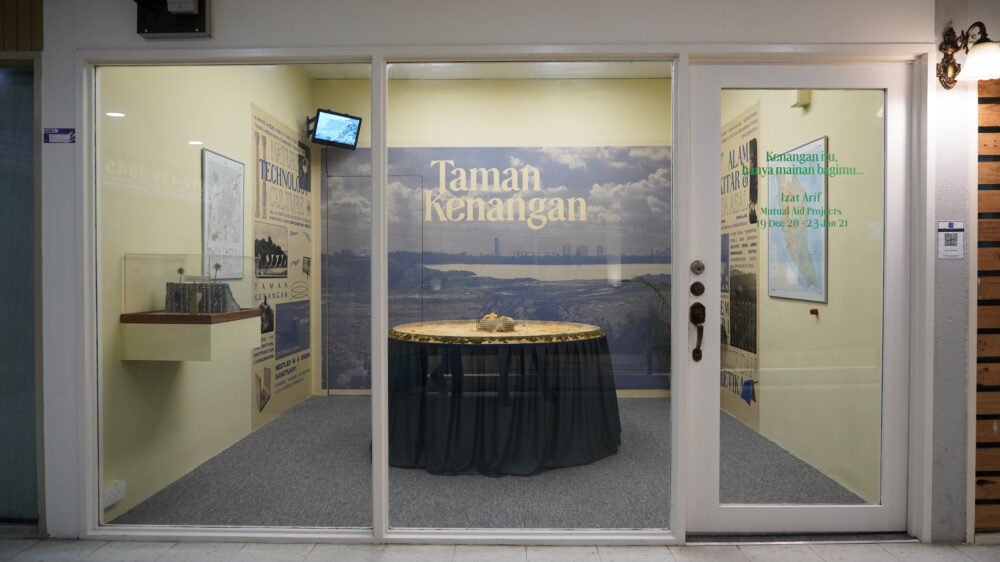
HSK: Since writing is such an integral component of your studies and your personal method of processing new ideas and information, how will it play a role in Mutual Aid Projects?
EG: I see my writing in Mutual Aid Projects as a break from art historical writing, which tends to neuter the pleasure of the process. For this project, my goal was simply to write compelling stories with art. I have found James Baldwin’s advice to young writers very helpful: “Don’t describe a purple sunset, make me see that it is purple.”
Writing is a way to extend the life of a collaboration. I write about a show after it opens. In doing so, I resist treating the exhibition as an end. The exhibition creates lines of flight. I enjoy acquiring new insights and perspectives from the people who visit the gallery. For each show, the artist and I take time to talk to every single person who walks into the space. My conversations with these individuals shape my writing, which I plan to compile into a publication at the conclusion of the project.
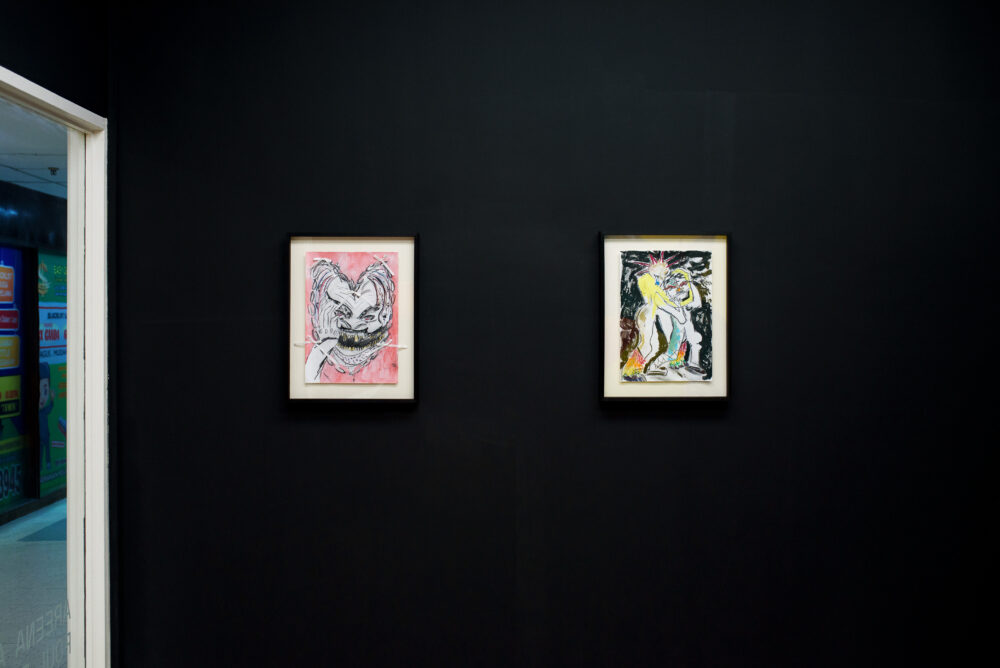
HSK: Who are the artists that you’ve chosen to work with, and how did you go about selecting this roster for the year?
EG: I am working with Areena Ang, Dipali Gupta, Izat Arif, Tan Zi Hao, Hoo Fan Chon, and Stephanie Burt. I chose a range of artists that would allow me to navigate different forms of intimacy. Since they each come from different stages of life, from late adolescence to parenthood, and have different gender identities and sexual orientations, the way I relate to each of them is also different. In some cases I give more care and in others I receive more. I’ve known most of them for a while but never had the chance to work with them thoroughly until now.
HSK: Though I haven’t been able to visit your space in person, I’ve watched each exhibition unfold via the photographs and texts that you’ve shared over social media. I see a rather clear evolution and much growth with each successive exhibition. Do you see them as building upon one another and what have you learned along the way?
EG: The questions that remain unaddressed with one artist are sometimes carried over to my collaboration with another artist, and so on. They often pertain to the unique set of challenges and politics that come with making and curating art in the Global South. I never set out to create a teleological narrative wherein each successive exhibition becomes more spectacular. This rather occurred organically as each artist has wanted to do more with the space. Perhaps, those exhibiting later on had more time to listen closely to the specificity of the site and respond to it more deeply.
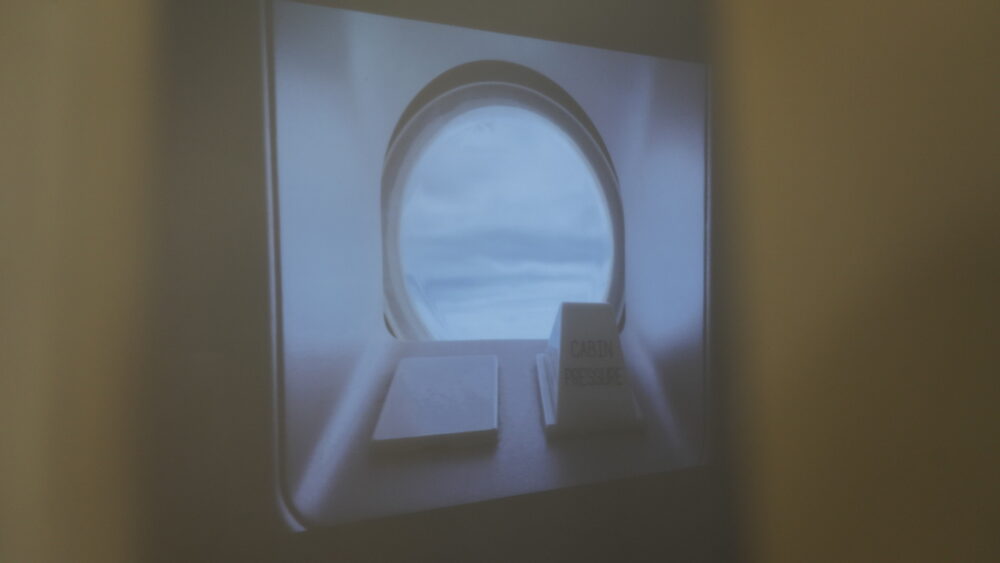
HSK: I’m curious about the location you chose for the project space: what is its history and significance, and how are your projects specifically engaging with this site and community?
EG: My project space is located in Wisma Central, an old shopping complex adjacent to a park designed by Roberto Burle Marx in the center of Kuala Lumpur. There are travel agencies, costume shops, beauty parlours, print shops, and tailors in the building and I’m interested in how I can meaningfully coexist with these businesses and the customers that frequent them. When I need materials for an exhibition, I always try to source them from my neighbors. The interactions that ensue prompt conversations about my space and collaboration with artists, providing me with an occasion to invite shopkeepers to the gallery.
I work with each artist to blur the distinction between the world inside and outside the gallery so as to encourage viewers to experience the space and building as much as the artwork. When working with Areena Ang, we wanted the inaugural exhibition to serve as an icebreaker and to help acquaint ourselves with our neighbours and vice versa. Ang created a set of drawings of wrestling costumes and masks and painted a mural of a wrestling match to explore issues about intimacy and violence. Their process painting the mural was just as visible as its final outcome and easily viewed by visitors without entering the gallery. Dipali Gupta and I brought in a third collaborator, a hypnotherapist, to create a video and sound installation in a makeshift therapy room. We hung curtains on the windows for privacy, covered the floor in neutral gray carpeting and provided soft seating, such as ottomans, to create a clinical environment for both the work and audience. The exhibition delved into the complex relationship between psychotherapy, capitalism, and womanhood. We wanted the installation to exceed the confines of the gallery, so we placed a small speaker, connected to the gallery’s soundsystem, at the entrance, so that the sound leaked into the public space and served as a sonic invitation to passersby. Izat Arif created an installation, featuring a diorama of a hypothetical township development site, to delve into the paradox of economic progress. The exhibition mimicked a real estate showroom, a spatial typology that is familiar to everyone. For Tan Zi Hao’s upcoming exhibition, we plan to transform the gallery into a scientist’s study, and examine household casebearers and carrier shells, both of which accrue detritus and foreign objects for protection. Consisting of drawings, photographs, and specimens, the exhibition will turn to the natural world to discern the merits and necessities of embracing foreignness as a staunch resistance against rising xenophobia triggered by the pandemic.
HSK: What do you envision for this project after you return to New York to complete your MA? Will it travel with you in some capacity or do you imagine revitalizing it in the future in KL after completing your degree?
EG: I only intended for the project to last a year, but I hope to continue working with these six artists in the future. Meanwhile, I am open to collaboration with curators, artists, and writers in New York. Whatever happens, I would like to carry the ethos of the project—mutual aid and friendship—into future collaborations.


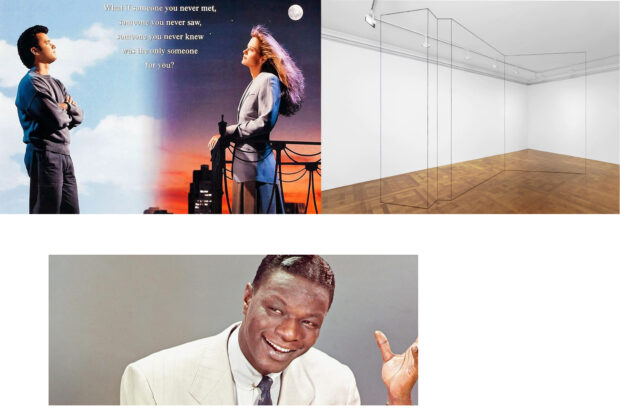


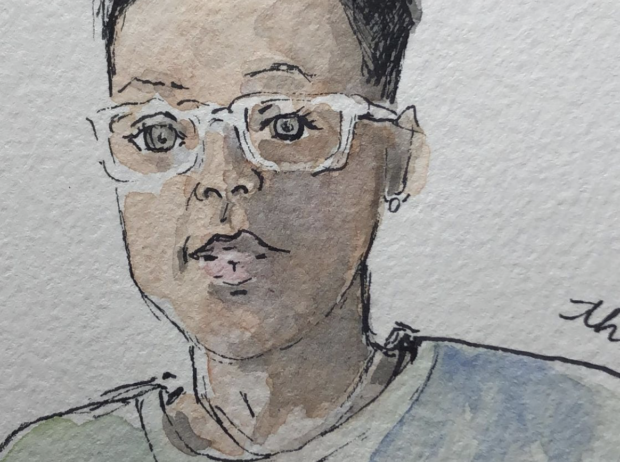
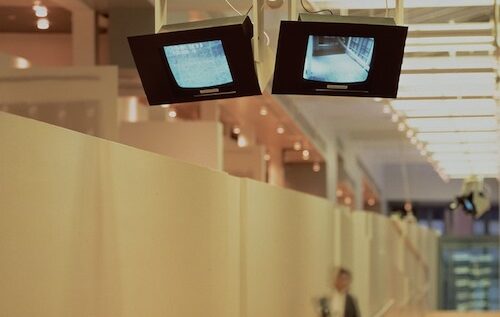

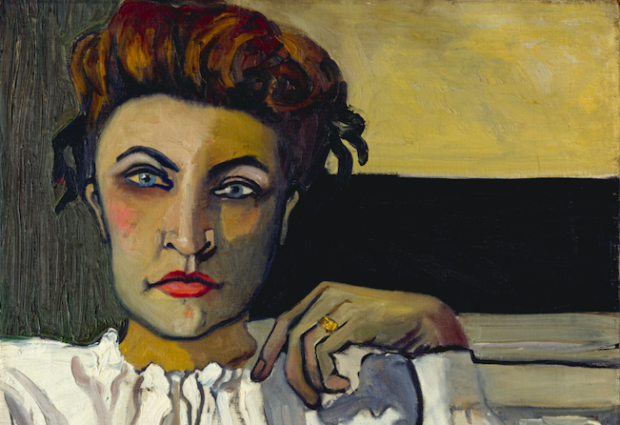
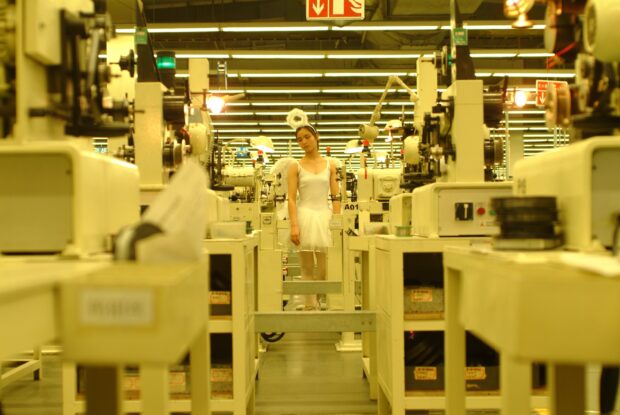
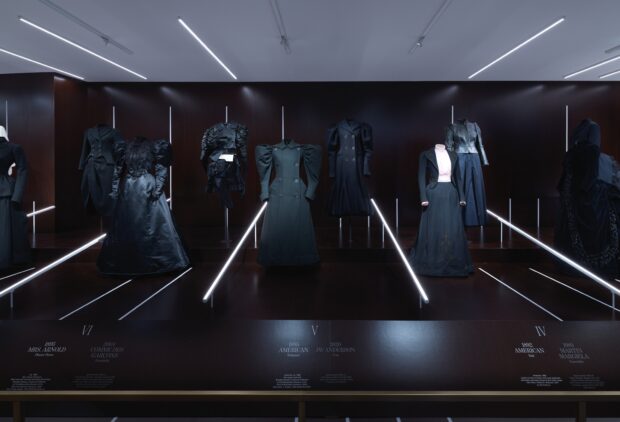
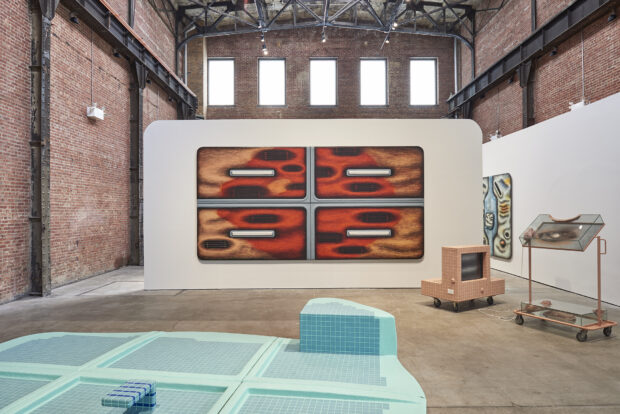
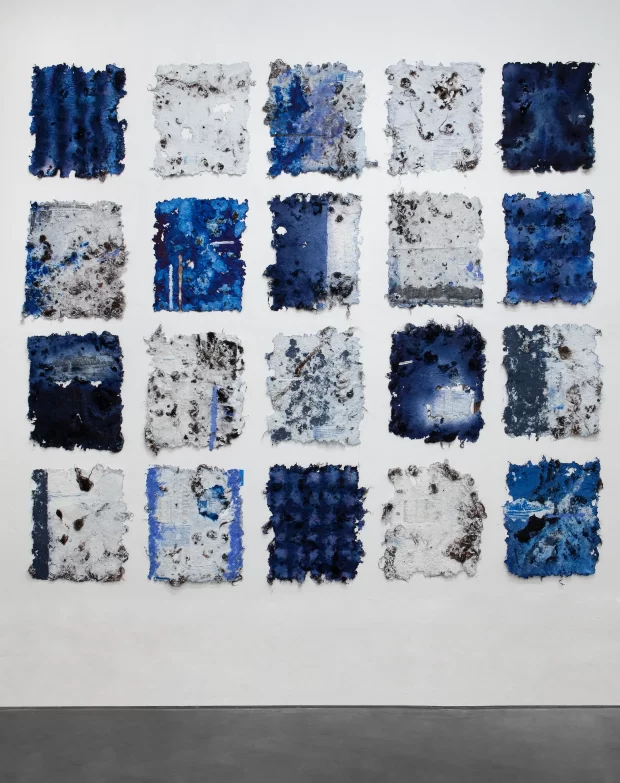
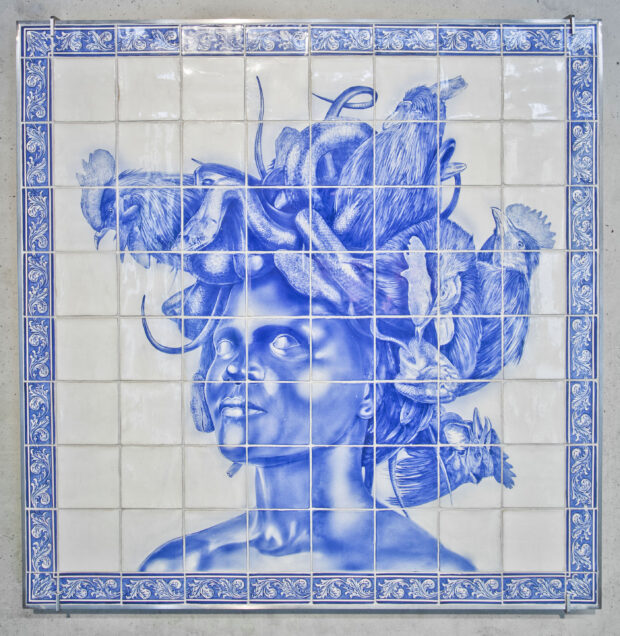

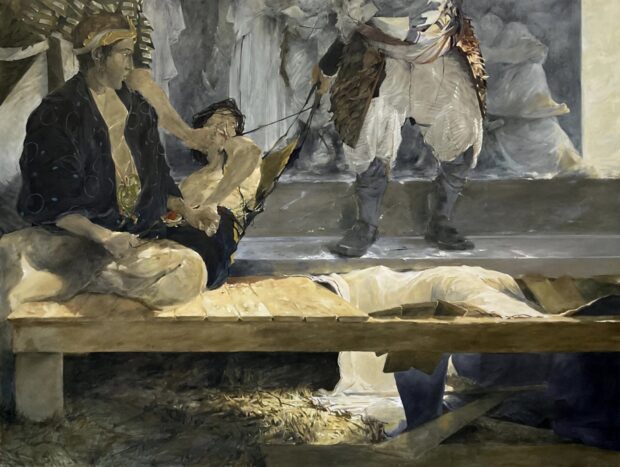

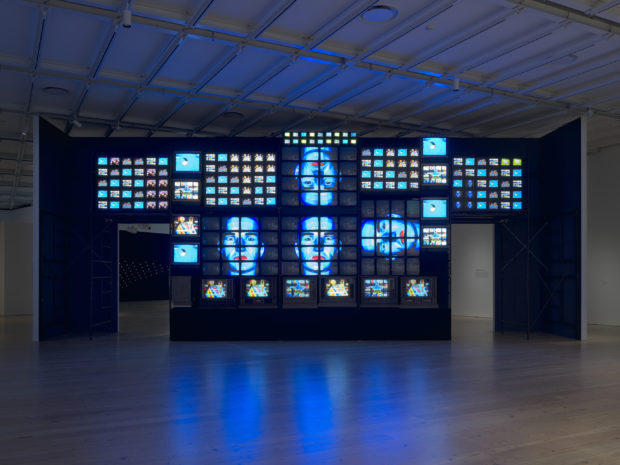
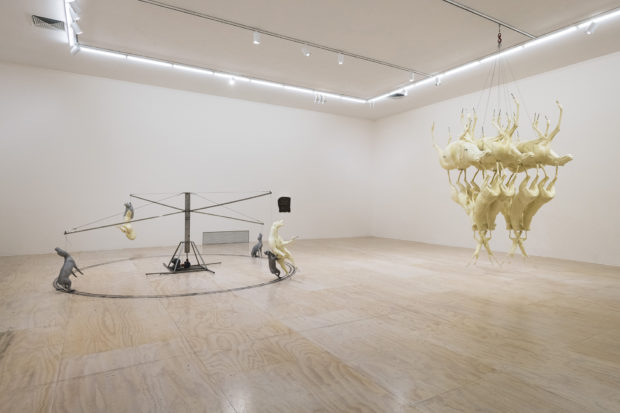
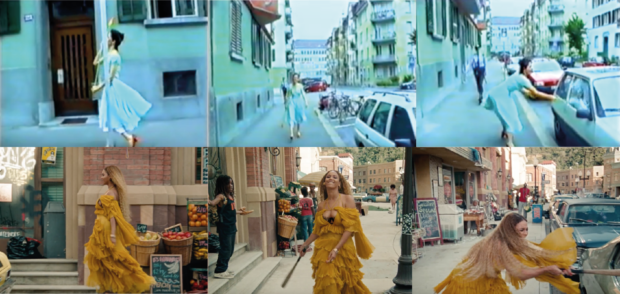
Be First to Comment